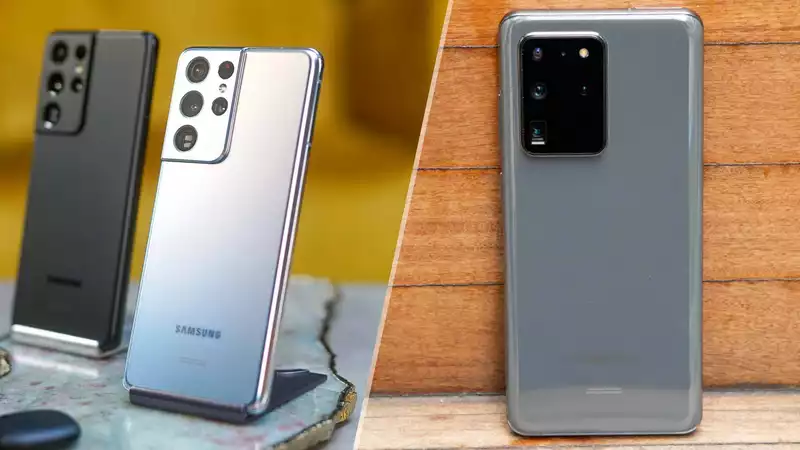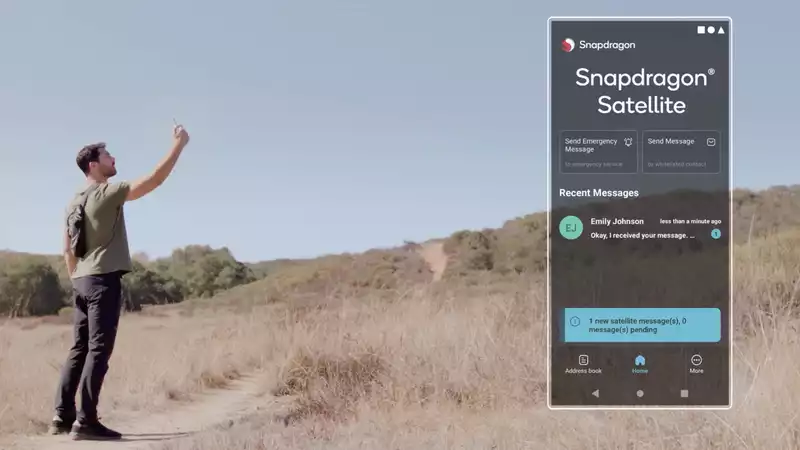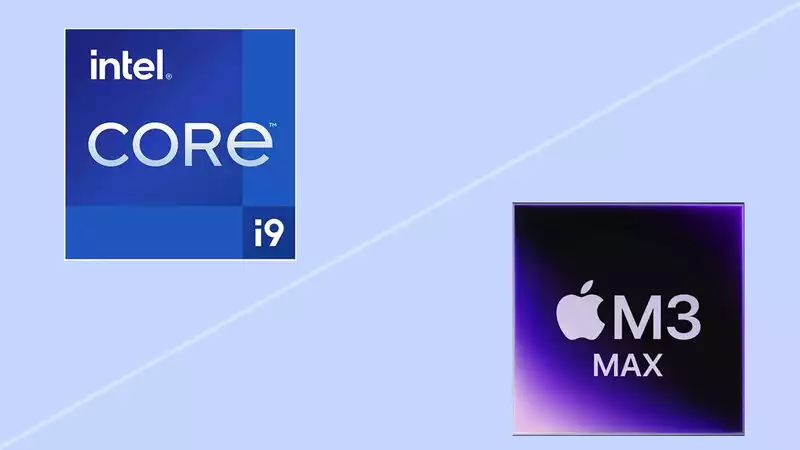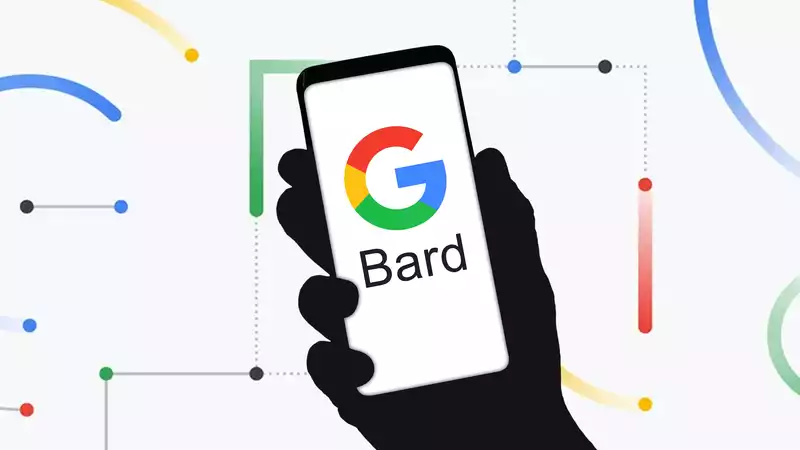A comparison of the Samsung Galaxy S21 Ultra versus the Galaxy S20 Ultra reveals many upgrades, but the biggest and most welcome difference is the price. Samsung reduced the price of the S21 Ultra by $200.
The S21 Ultra has a more dynamic and brighter display than its predecessor, faster speeds thanks to the Snapdragon 888 chip, and, notably, a better camera: it has two telephoto lenses, improved zoom performance, and a much improved camera. Additionally, the S21 Ultra is the first Galaxy S series phone to support the S Pen.
The Galaxy S21 Ultra is not better in every way. There is no microSD card slot to expand storage, and the charger is not included in the box. But otherwise, the S21 Ultra looks like a very impressive flagship model.
Use this Galaxy S21 Ultra vs. S20 Ultra guide to see if Samsung's new phone is right for you.
The Samsung Galaxy S21 Ultra is priced at $1,199, $200 less than the $1,399 Galaxy S20 Ultra that debuted a year ago. If you want 256GB of storage instead of the standard 128GB, you'll pay an extra $50; the 512GB Galaxy S21 Ultra is $1,379, still cheaper than the base Galaxy S20 Ultra model.
Samsung has not announced a new price for the Galaxy S20 Ultra following the launch of the Galaxy S21 Ultra. (When the S20 was introduced a year ago, Samsung immediately lowered the price of the S10 model.) Prices for older phones tend to drop after newer models are released, so the Galaxy S20 Ultra may be available for less now that the S21 Ultra has been introduced.
Samsung's Galaxy S20 Ultra made a statement with its camera bump, but it was too big; the S21 Ultra has a sleeker overall look, with a new contour-cut design and a well integrated camera on the glass back.
As for colors, the S21 Ultra is available in Phantom Black and Phantom Silver, compared to the S20 Ultra's Cosmic Gray and Cosmic Black. Samsung will also make exclusive colors available on Samsung.com for the S21 Ultra, including Phantom Navy, Phantom Titanium, and Phantom Brown.
Another important design upgrade is a larger on-screen fingerprint reader.
However, the S21 Ultra is larger and heavier than its predecessor; the S21 Ultra measures 6.5 x 3 x 0.35 inches and weighs 8.04 ounces, while the S20 Ultra was a bit more compact and lighter at 6.6 x 2.7 x 0.34 inches and 7.7 ounces.
The Galaxy S21 Ultra's 6.8-inch display is slightly smaller than the S20 Ultra's 6.9-inch panel, but the new panel is better in several important ways. For starters, it now offers a 120 Hz refresh rate at the highest resolution of QHD, whereas the S20 Ultra had to choose between 120 Hz and Full HD.
The S21 Ultra's panel is also dynamic and can scale from 120Hz to 10Hz, saving battery life. On the Galaxy S20 Ultra, the 120Hz mode is only on or off.
In addition, the S21 Ultra's display has a peak brightness of 1,500 nits compared to 1,200 nits on the S20 Ultra. Other improvements include a 50% increase in contrast ratio and an Eye Comfort Shield feature that reduces eye fatigue.
We are pleased that Samsung has added a laser focus sensor to the S21 Ultra. However, the S21 Ultra's biggest camera upgrade is a dual telephoto lens that offers 3x and 10x optical zoom, up from the S20 Ultra's single 4x optical zoom lens.
The S21 Ultra's zoom performance is further enhanced by a new zoom lock feature; using AI, the new S21 Ultra is able to identify and better stabilize the subject, which should result in less camera shake than the S20 Ultra.
The Galaxy S21 has a few other notable upgrades. The main 108MP sensor is now capable of taking 12-bit HDR photos with 64 times richer colors, and there is a 12-bit RAW file option in Pro mode for power users. In addition, night mode photography has been improved, thanks to a faster Bright Night sensor.
On the video side, the S21 Ultra now supports 4K 60fps with all lenses, although it can record at up to 24fps at 8K as before. Additionally, there is a new blogger mode that allows recording with the front and back cameras simultaneously.
Samsung also improved the Single Take feature with Single Take 2.0, allowing users to take multiple photos and videos at once. One of the new options is auto-generated dynamic slow-mo video.
The Galaxy S21 Ultra is the first in the Galaxy S series to support the S Pen, allowing users to draw and take notes on the display with the stylus like on the Galaxy Note phablet; the S20 Ultra does not offer this benefit.
However, using the S Pen on the S21 Ultra requires an additional fee and is available as a separate accessory for $40. These cases cost $69.99.
Later this year, Samsung plans to release the S Pen Pro, which will feature Bluetooth connectivity and turn the stylus into a remote control. Pricing has not yet been determined.
No surprises; the Galaxy S21 Ultra is powered by the new Snapdragon 888 processor, which should provide better CPU and graphics performance than the Galaxy S20 Ultra with the Snapdragon 865.
RAM and storage options remain the same as before; the S21 Ultra starts with 12GB of RAM and 128GB of storage. However, you can upgrade the storage to 256GB, or you can purchase the top-of-the-line S21 Ultra and get both 16GB of RAM and 512GB.
The S21 Ultra does not have a microSD card slot, so it may be worth paying extra for at least 256GB of storage; the S20 Ultra had a slot that supported up to 1TB of additional storage.
The bad news is that the Galaxy S21 Ultra has the same 5,000mAh battery size as the S20 Ultra. The good news is that this is a very large battery and will last almost a day on a charge.
Even better news is that Samsung has included AI in the S21 Ultra to better monitor user usage patterns and reduce power consumption. It should also help that the S21 Ultra has moved from a 7nm to a more efficient 5nm processor.
As for charging, the S21 Ultra supports 25W fast charging; the S20 Ultra supported up to 45W charging, but Samsung says it has improved the charging speed of the S21 charger. In other words, the numbers don't tell the whole story.
If you bought the Galaxy S20 Ultra for $1,399, chances are you're not going to upgrade to the S21 Ultra. And the fact that the new phone costs $200 less will probably stick in your craw. But the overall upgrade is quite significant.
The S21 Ultra offers a brighter, more dynamic 120Hz display and a more versatile and powerful camera. Along with a more powerful (and more stable) zoom, we can expect improved low-light performance, and the inclusion of S Pen support is a bonus, especially for those who don't want to wait for the Galaxy Note 21 to arrive later this year.
The lack of a charger in the box is a stinker, and the lack of a microSD card slot is out of the question, but overall the S21 Ultra looks like a truly superior phone to the S20 Ultra.
.









Comments